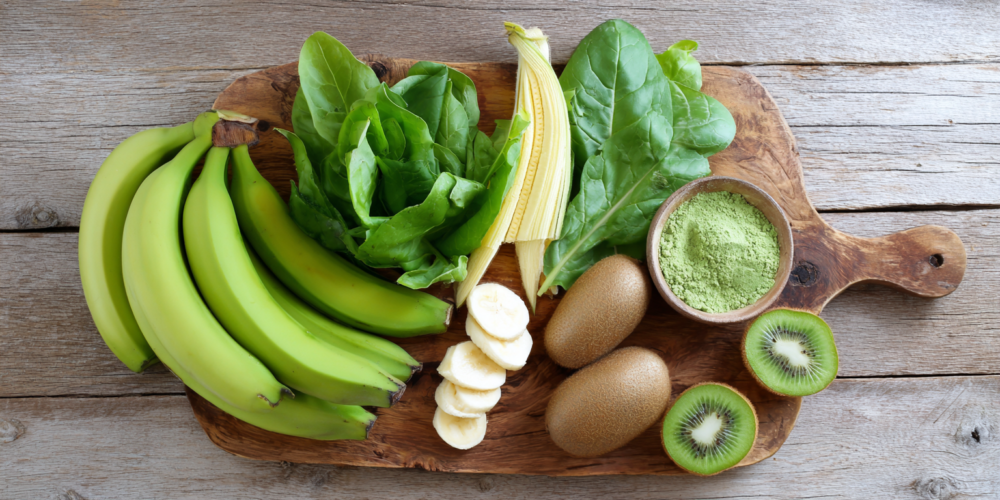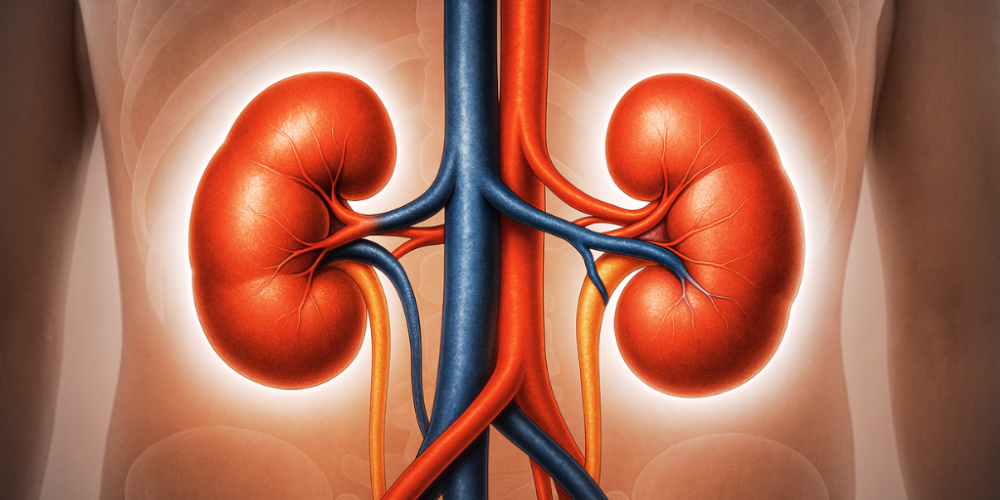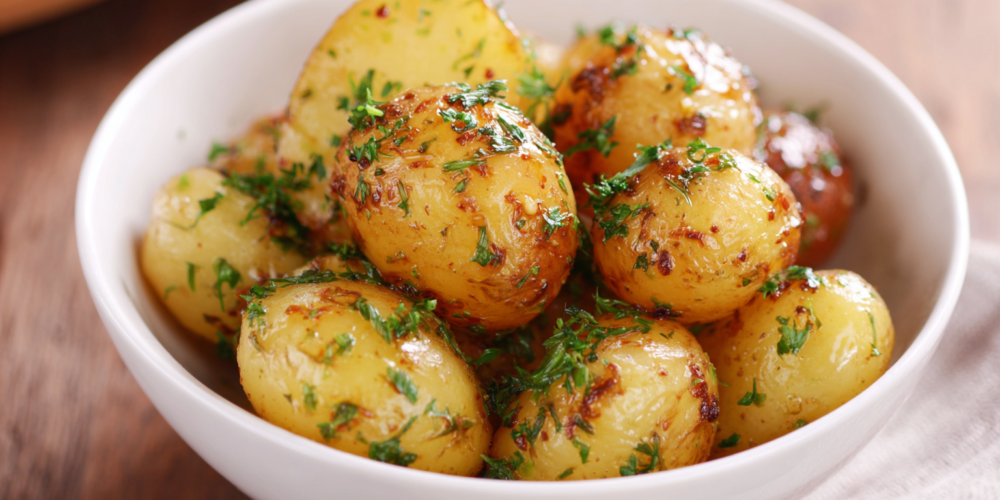
Strokes are one of the leading causes of death and disability across the globe. But what if I told you that a significant, yet often overlooked, risk factor is something you can easily fix? When I talk to my patients about protecting themselves from a stroke, they’re often surprised to learn that a common mineral deficiency could be putting them in danger. They’re even more intrigued when I tell them how simple the solution can be.
In this article, we’re going to dive deep into the mechanics of a stroke, uncover the critical link between your blood pressure and your stroke risk, and reveal the one mineral that plays a massive role in keeping that pressure in a healthy range. You’ll learn not just why this mineral is so important, but exactly how to get enough of it to protect your brain health for the long haul. This isn’t about complicated medical jargon; it’s about giving you practical, powerful knowledge to take control of your health. (Based on the expertise of Dr. Brad Standfield)
Key Takeaways
- High Blood Pressure is the Main Culprit: High blood pressure, or hypertension, is one of the most significant and controllable risk factors for both major types of strokes. It’s estimated that over half of all strokes are linked to it.
- Potassium is Your Ally: A deficiency in the mineral potassium is a common, reversible cause of high blood pressure. Ensuring you get enough potassium can have a profound effect on lowering your blood pressure naturally.
- The New Gold Standard for Blood Pressure: Recent groundbreaking studies have shown that the old target of keeping systolic blood pressure under 140 is not safe enough. The new goal for most people should be a systolic pressure below 120 to truly minimize risk.
- Food is Your Best Medicine: The most effective and beneficial way to increase your potassium is through your diet. Focusing on potassium-rich whole foods offers a cascade of health benefits beyond just stroke prevention.
1. Understanding the Two Types of Strokes

Before we get into the solution, it’s important to understand the problem. Strokes generally come in two forms. The most common type, accounting for about 87% of all cases, is an ischemic stroke. This happens when the blood flow to a part of your brain gets blocked. Think of it like a plumbing clog in the delicate vessels of your brain. This blockage is usually caused by a piece of plaque that has built up in your arteries breaking loose, or by a blood clot that travels to the brain. The underlying process that leads to this plaque buildup is called atherosclerosis, which is essentially the body’s response to chronic damage and inflammation in the artery walls.
The second type is a hemorrhagic stroke. This is less common but can be more severe. It occurs when a blood vessel in or on the surface of the brain actually bursts or leaks. When this happens, blood spills into the surrounding brain tissue, causing it to swell. This swelling and the increased pressure inside your skull can quickly damage or destroy brain cells.
2. The Real Culprit: High Blood Pressure

So, what connects these two types of strokes? One of the most critical, controllable risk factors is high blood pressure (hypertension). When your blood pressure is consistently high, it puts enormous stress on the walls of your arteries, including those in your brain. This constant pressure inflames and damages the artery walls, accelerating the buildup of the dangerous plaque we talked about (atherosclerosis), which sets the stage for an ischemic stroke. For hemorrhagic strokes, that relentless pressure can weaken a blood vessel over time until it finally ruptures.
The statistics here are truly sobering. It’s estimated that a staggering 51% of all strokes are directly linked to high blood pressure. Data from the famous Framingham Heart Study, which has been running for decades, showed that people with hypertension had a stroke incidence anywhere from 5 to over 30 times higher than those with normal blood pressure. Furthermore, a massive meta-analysis that included over a million people found that for every 20-point rise in your systolic blood pressure (the top number), your risk of dying from a stroke doubles. This is a risk you simply can’t afford to ignore.
3. The Overlooked Mineral: The Power of Potassium

Here’s the good news. Before you assume you need to jump onto prescription medications, there’s a simple, natural fix related to a mineral deficiency that can make a significant difference. That deficient nutrient is potassium.
How big of an impact can potassium really have? Researchers have studied this from both sides. In one study, healthy men with normal blood pressure were put on a very low-potassium diet. In just nine days, their blood pressure rose significantly. On the flip side, numerous studies have looked at what happens when you increase potassium intake. A large review of 22 high-quality trials found that increasing potassium intake reduced systolic blood pressure by an average of 3.5 points. That might not sound like a lot, but every point matters. And the effect is even more dramatic when you get your intake into the optimal range.
4. How Much Potassium Do You Need (And How Does It Help)?

When potassium intake reaches the sweet spot of 3,500 to 4,700 milligrams per day, the research shows that the reduction in systolic blood pressure can be as high as a whopping 7 points. Remember that a 10-point drop in blood pressure can cut your stroke risk by 27%, so a 7-point drop from a single dietary change is incredibly powerful.
Potassium works its magic by helping to balance sodium levels in your body. While your body needs some sodium, most modern diets are overloaded with it, which causes your body to retain water and increases blood pressure. Potassium helps your kidneys flush out excess sodium, and it also helps to relax the walls of your blood vessels. This two-pronged attack—less sodium and more relaxed vessels—is a highly effective way to lower blood pressure naturally.
5. The Proof: The Salt Substitute Study
A massive study in China provided some of the most compelling real-world evidence for potassium’s role in stroke prevention. Researchers wanted to see if using a salt substitute could reduce the rate of recurrent strokes in people who had already had one. The special salt substitute they used was made of 75% sodium chloride (regular salt) and 25% potassium chloride.
This clever formula does two things at once: it helps people lower their sodium intake while simultaneously boosting their potassium intake. The effects were synergistic and powerful. After a follow-up period of about five years, the group using the salt substitute had a 14% lower incidence of another stroke compared to the group using regular salt. Even more strikingly, when looking specifically at hemorrhagic strokes—the type most strongly influenced by high blood pressure—the salt substitute group had a remarkable 33% reduction in risk.
6. Your Potassium-Rich Food Guide

So, how can you get that target of 3,500+ milligrams of potassium per day? The best and safest way is to focus on your diet. Loading up on potassium pills is not the answer and can be risky for some individuals. Potassium-rich foods, on the other hand, are packed with other essential nutrients, fiber, and antioxidants that provide a whole host of additional health benefits.
Here are some excellent sources to prioritize:
- Leafy Greens: Spinach and Swiss chard are potassium powerhouses.
- Root Vegetables: Sweet potatoes and white potatoes (with the skin on) are fantastic sources.
- Fruits: While bananas are famous for potassium (one medium banana has about 450 mg), other fruits like avocados, oranges, and cantaloupe are also excellent.
- Legumes: Beans, lentils, and edamame are packed with potassium.
- Fish: Salmon and tuna are good sources.
- Dairy: Yogurt and milk contain a good amount of potassium.
Scientists have even designed an entire eating plan around this principle called the DASH diet (Dietary Approaches to Stop Hypertension). It emphasizes these potassium-rich foods, and studies have shown that people who adhere closely to the DASH diet have a 12% lower risk of stroke.
7. Rethinking “Normal”: The New Blood Pressure Target You Must Know
For decades, the medical community thought that having a systolic blood pressure up to 140 was perfectly fine. You may have even heard a doctor say, “As long as you’re under 140 over 90, you’re in the clear.” We now know that this is dangerously outdated advice.
Two groundbreaking studies completely changed our understanding. The first was the SPRINT study, which involved over 9,000 participants. It aimed to see if aggressively lowering blood pressure to a target below 120 was better than the old target of 140. The results were so clear and dramatic that the study was stopped early. The group aiming for the 120 target had a 27% lower risk of having a heart attack, stroke, or dying from these causes. Their overall risk of death from any cause was 25% lower.
More recently, a sequel study in China with over 11,000 people confirmed these findings. Lowering systolic blood pressure to less than 120 reduced the risk of heart attacks, strokes, and cardiovascular death by 12% and cut the overall risk of death from any cause by 21%. The takeaway is crystal clear: the old “normal” of 140 is not good enough. To truly protect your brain and heart, you should be aiming for a systolic blood pressure of around 120.
Conclusion
Protecting yourself from a stroke is one of the most important things you can do for your long-term health, and the power to do so is largely in your hands. While the threat of a stroke is serious, the solution doesn’t have to be complicated. By understanding the critical role of high blood pressure and taking simple, decisive action to control it, you can dramatically lower your risk. Focusing on a diet rich in potassium from whole foods is a powerful, natural, and delicious first step. Take a look at your diet, talk to your doctor about your blood pressure numbers, and aim for that new, safer target of 120. Your brain will thank you for it.

